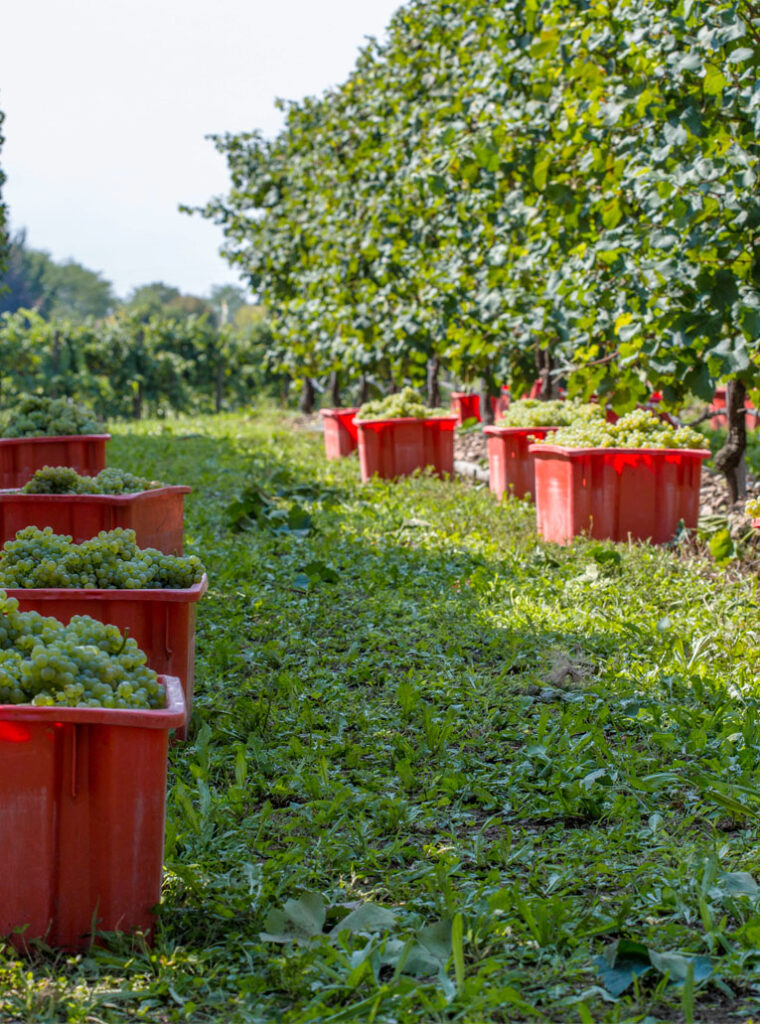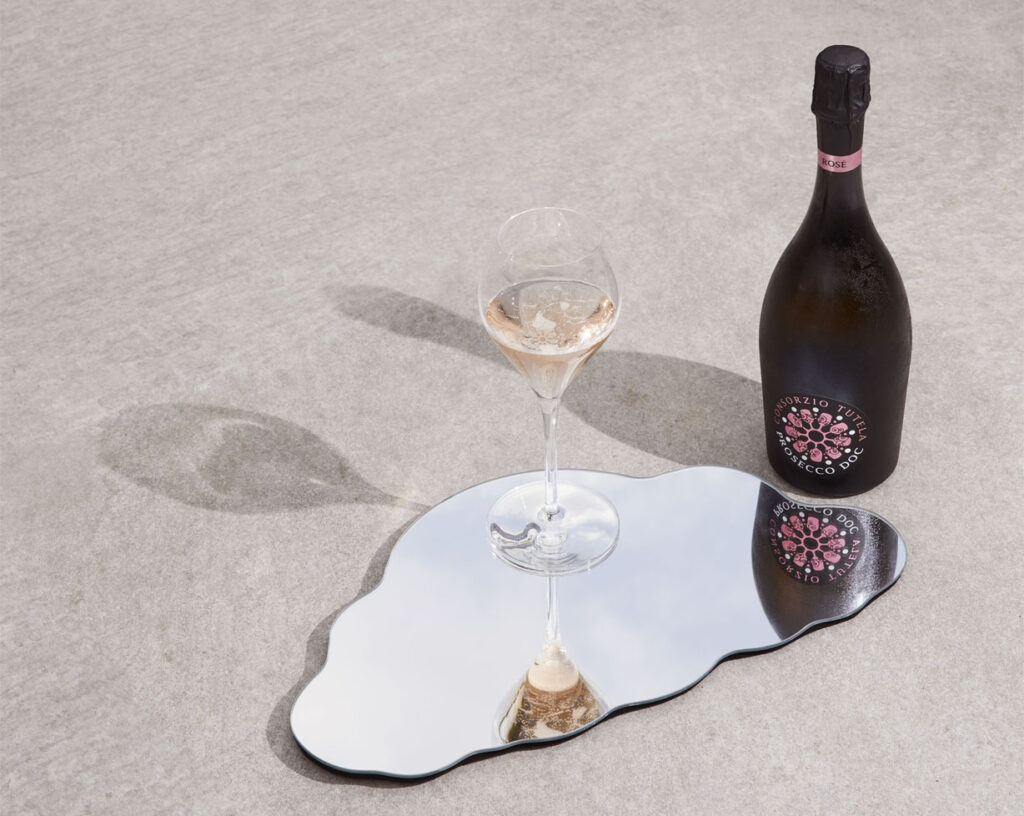Distinguishing marks: italian genio




The real Prosecco DOC: a unique product because of its origin, character and style
THE CHARACTERISTICS
A world excellence thanks to all of you
The Code of Conduct of the Denomination of Origin explains the conditions of production and the organoleptic conditions of Prosecco DOC.
The grapes production area, the vinification and bottling rules are well focused, as the ampelographic base, which means the vine variety used.
The code of conduct, moreover, describes the different types and characteristics of the product, in particular at the sight, at the nose and to taste.
Why? To protect the consumer about the quality and the origin of the product.
Each bottle of Prosecco DOC, is the product of our land, of its history and of our people’s experience: men and women whose main aim is to reach the excellence.
We want to enhance, promote and protect this excellence, to make the success of Prosecco lasts in time.

Recipes and cocktails
Live the unlimited scents of the taste
Mulled Frizz with Prosecco DOC Rosé
Difficulty: Facile
Preparation time: 20 minuti
Not planned
Not planned
NEWS, EVENTS, STORIES
Discover the world of Prosecco DOC
Storie di prosecco
11 December 2023
Prosecco DOC presents: Inspired by the classic, moved by the future
The new short movie “INSPIRED BY THE CLASSIC, MOVED BY THE FUTURE” offers an extraordinary journey through space and time, channeling the immortal beauty of the classic to a dynamic and enthusiastic future. This piece of art, developed by director Carlo Guttadauro, transforms Villa Contarini in a scenic labyrinth where classic melts with contemporary. The short […]
Read7 min. of reading
News Istituzionali
Storie di prosecco
13 October 2023
Inspired by the Classic, moved by the Future
Inspiration is the instant when beauty suddenly manifests and ignites our enthusiasm.
Read8 min. of reading
Storie di prosecco
12 October 2023
Jump into the Future
How about taking a leap into the future by situating ourselves in the next moment until we feel the vital power and the energy of movement flowing through us?
Read5 min. of reading
Answering to all your questions
FAQ
First fermentation is a process activated with carefully selected yeasts to convert must into wine.
Pressing is the process used to obtain fresh wine must from grapes.
The yield per hectare is the number of quintals of grapes that can be produced divided by the surface area. In the case of Prosecco, the maximum yield is 180 quintals per hectare (q/ha).
Harvesting is done mainly by hand to avoid damaging the grapes and compromising optimal Prosecco wine-making.
Glera is the traditional variety of grape used for Prosecco. Verdiso, Bianchetta Trevigiana, Perera, Glera lunga, Chardonnay, Pinot Bianco, Pinot Grigio and Pinot nero grapes, vinified off the skins, may also be used up to 15% overall.
The land is alluvial in origin and has mainly clay-loam soil, rich in minerals and micronutrients.
The provinces of Treviso, Venice, Vicenza, Padua, Belluno, Gorizia, Pordenone, Trieste and Udine.
This label guarantees total compliance with the official product specification, with quality also certified through application of the Government Identification mark (band).
The variety of grape used to produce Prosecco is called Glera and is native to North-East Italy. Its origins date back at least 2000 years. Prosecco was known in Roman times as Pucino (1st century AD – Pliny the Elder).
The bubbles first appeared with second fermentation in bottles at the end of the 19th century and then in autoclaves in the early 1900s.
